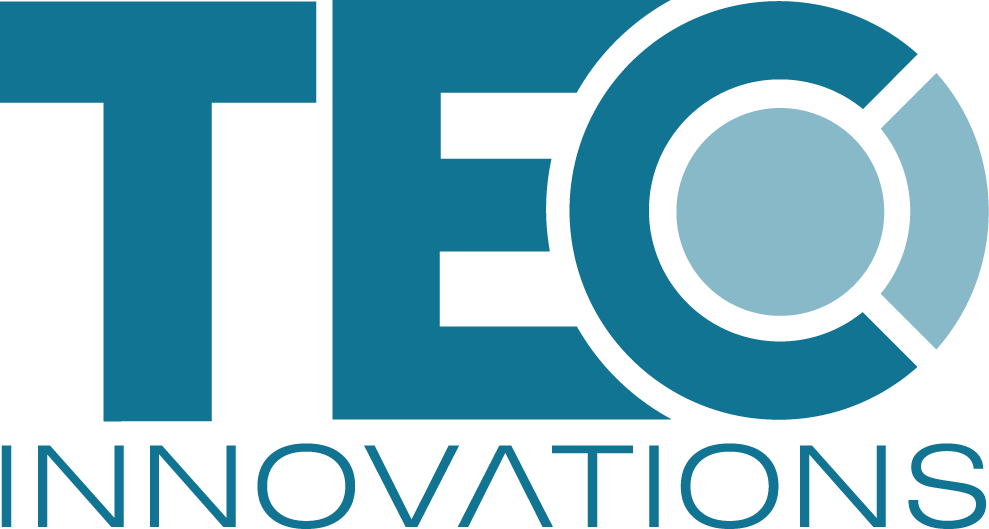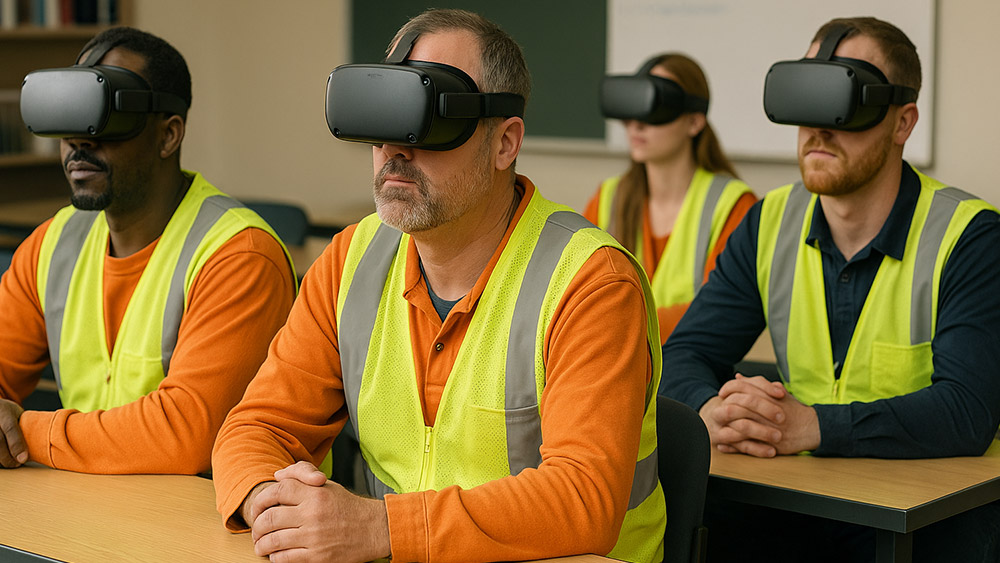Traditional safety courses rely on slide decks, toolbox talks or scripted walk-arounds that workers often forget the moment they step onto the jobsite. Virtual reality changes that equation by allowing crews to rehearse hazardous scenarios inside a life-sized replica of their own work environment before they ever pick up a tool. Because civil construction, structural-steel erection and mechanical or electrical installation each present distinct dangers, the most effective programs are those that mirror the exact tasks, equipment and sequences used by each trade. When a trainee sees familiar machinery, recognizes the site layout and hears the procedures their company actually follows, engagement rises and lessons stick. Tailored content also addresses local codes and company specific rules, building credibility with field staff and reinforcing a culture of safety rather than compliance for its own sake.
Civil Construction: Excavation, Concrete and Earth-Moving
Civil crews face trench collapses, equipment blind spots and impalement hazards around uncapped rebar. In a custom VR module the worker can stand inside a virtual trench and witness a wall failure if a trench box is missing. A first-person view from a dozer seat shows the limits of operator visibility while a spotter avatar demonstrates correct hand signals. Walking a cluttered rebar mat in VR drives home the need to cap vertical bars because the trainee sees exactly what an unprotected fall would do. Because the scene is recorded or rendered at true scale, new hires develop realistic depth perception and hazard awareness that a two-dimensional plan cannot impart.
Structural-Steel Erection: Working at Height and Load Control
Ironworkers must master fall protection, rigging and bolt-up sequencing. A customized VR lesson can place the user on the decking edge of an actual project, prompting them to install perimeter cables; if they skip a step the program shows a fall and rewinds for a retry. Another scenario lets the trainee guide a swinging beam in gusty wind, teaching safe stand-off distances and proper tag-line use. By importing the real BIM model of the frame, the module allows workers to recognize the exact connection details they will encounter on site. Voice-activated checklists replicate the verbal confirmations used in the field, and a tethered harness in the training room can provide a light physical tug when the avatar slips, adding an extra layer of realism.
Installation Trades: Mechanical, Electrical and Specialty Systems
For installers, the dangers often involve confined spaces, energized equipment and awkward lifts. A VR lesson can drop an electrician into a live panel where they must test for absence of voltage before proceeding; omitting that step triggers an arc-flash animation that drives the point home. An HVAC technician can crawl a virtual plenum, monitor oxygen levels and practice radio calls with a spotter. A 360-degree perspective captures subtle body positioning and tool handling better than a standard video, yet creation costs stay low because much of the environment can be filmed on location with a consumer camera and augmented with interactive hotspots for key actions like pulling a disconnect or affixing a lockout tag.
Choosing a Headset: Meta Quest or Valve Index
Delivering these custom modules is practical on the latest generation of head-mounted displays. The Meta Quest line is a self-contained device, so field trailers and small training rooms can deploy VR without PCs or external tracking equipment. Its new color passthrough feature means trainees can see their own hands and real tools while the virtual world surrounds them, making mixed-reality drills possible at a modest price. The Valve Index connects to a VR-ready computer and external base stations, so setup takes longer and portability is lower, yet the higher graphics ceiling is ideal when your model includes dense steel connections or intricate plant rooms. Many contractors choose Quest sets for day-to-day training across multiple projects and keep an Index rig in a central facility for advanced modules that demand extra visual fidelity.
Implementation Steps
Capturing and deploying custom VR training follows a straightforward workflow. First, film critical tasks with a 360-degree camera or export your BIM scene into Unity or Unreal. Break the experience into five minute micro lessons such as rigging a wide-flange beam or testing a panel. Embed quick decisions and branching consequences to keep users actively involved. Load the finished module onto the chosen headset, provide disposable lens covers and establish simple cleaning protocols so multiple users can share hardware. Track completions, error counts and time on task in a spreadsheet or learning management system. Update content quarterly, adding new hazards as they emerge so the library grows in step with the company’s projects.
Return on Investment
Immersive rehearsal helps workers form lasting muscle memory. Studies show VR learners retain roughly 40% more information compared with those who attend conventional lectures or slide presentations. Fewer incidents translate to lower insurance premiums and reduced schedule disruptions. New hires reach full productivity faster because they have already experienced site-specific hazards in a safe virtual sandbox. These gains far outweigh the modest costs of consumer headsets and 360-degree production, making VR safety training an attainable, high-impact upgrade for contractors of any size.
Final Thought
Virtual reality safety programs are no longer limited to megaprojects with massive budgets. With an off-the-shelf Meta Quest or Valve Index and well planned 360-degree modules, even small and midsize contractors can deliver realistic, trade specific hazard rehearsals that protect crews and keep schedules on track. By tailoring each scenario to the unique challenges of civil construction, structural-steel erection and installation trades, companies turn routine compliance sessions into compelling learning experiences that pay dividends every day on the jobsite.
Get Started
When you’re ready to learn more about how we can help, click the button below to get started.







